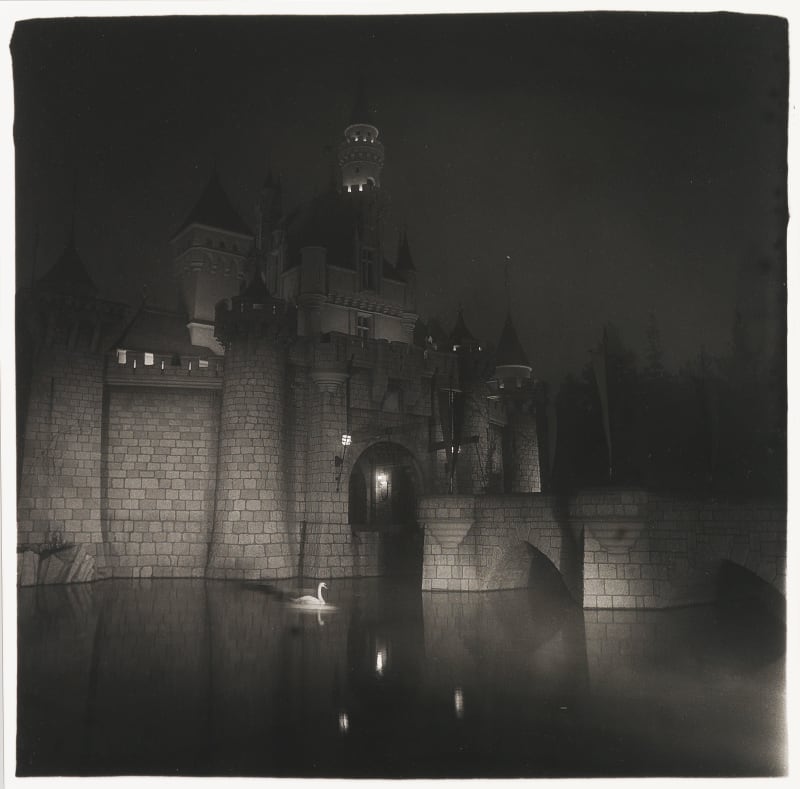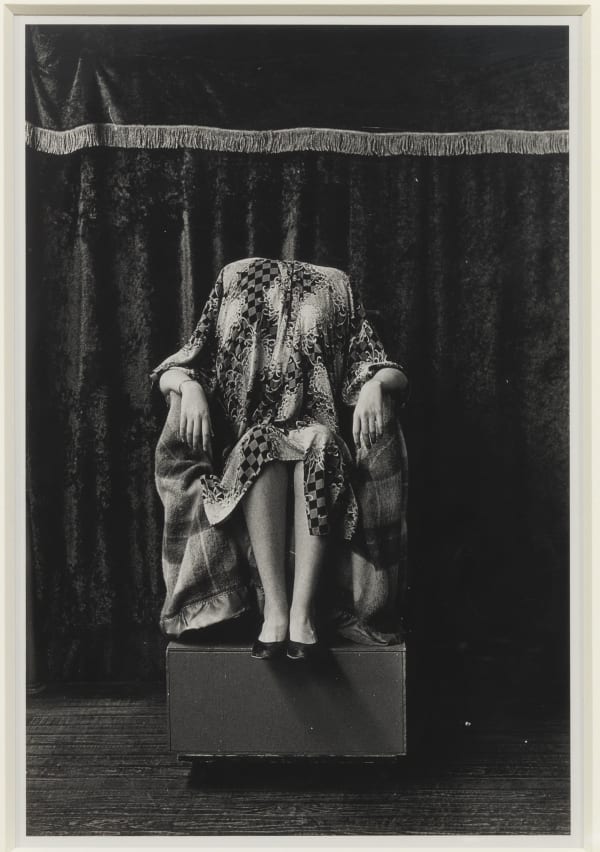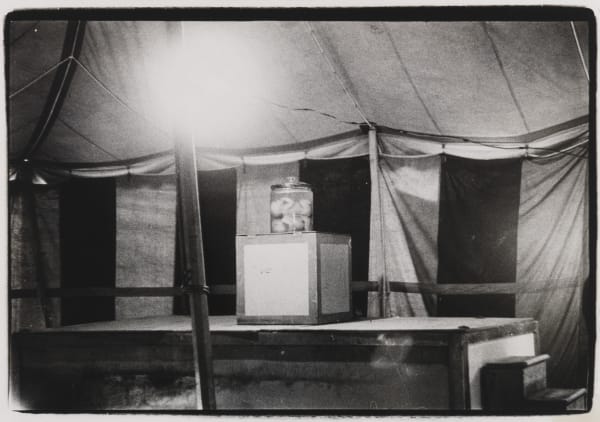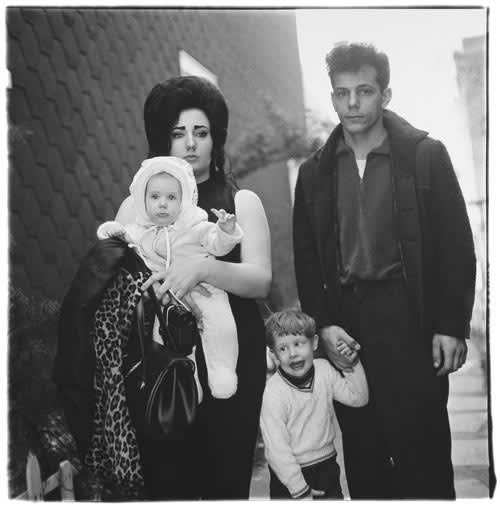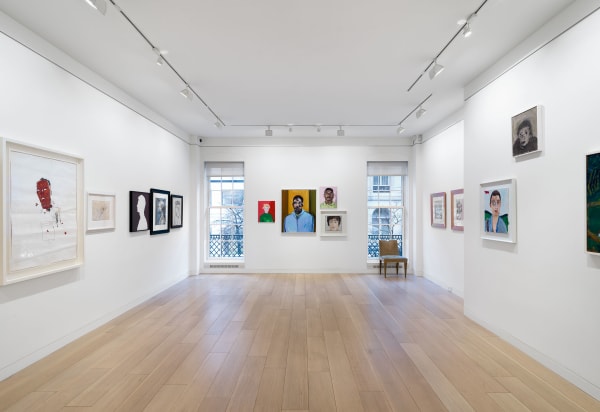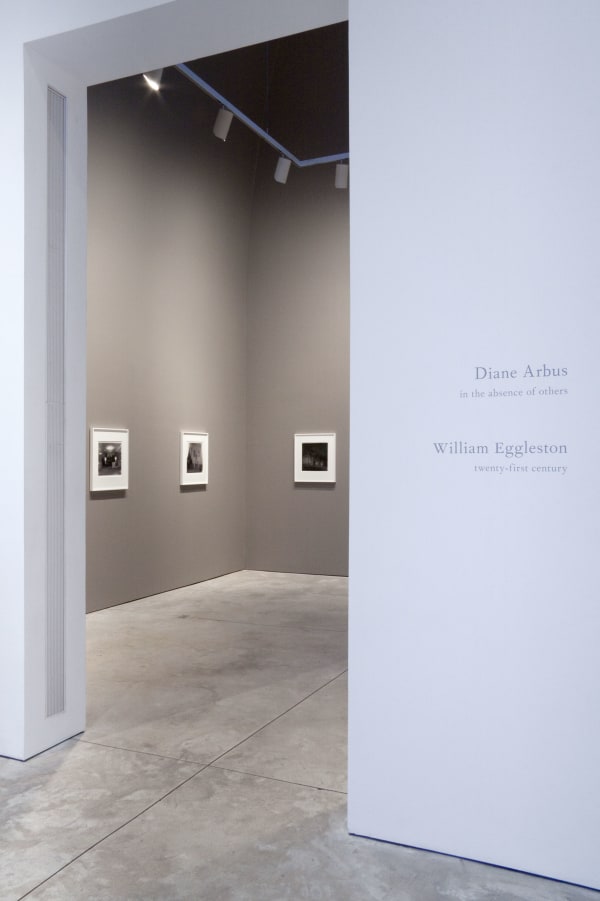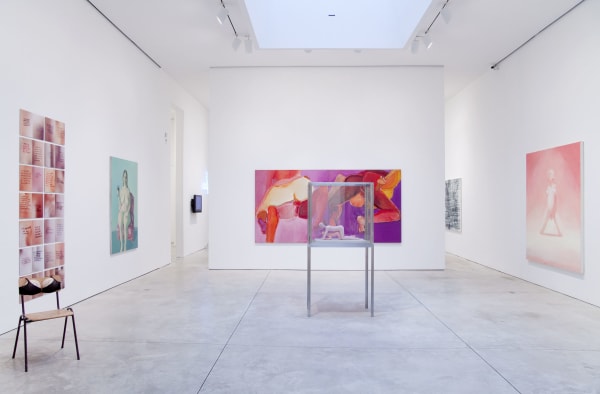Diane Arbus 1923-1971
-
Overview
Born in New York City, where she lived and worked nearly all her life, Diane Arbus (1923-1971) is a celebrated master of the critical power of the photographic image and one of the most influential artists of the 20th Century. Among her best-known photographs are unflinching black and white square format portraits of couples, children, middle-class families, carnival performers, nudists, transvestites, zealots, eccentrics and celebrities. Her deliberate attention to detail and her respect for the documentary power of the medium confront the viewer with disconcertingly intimate encounters they might otherwise have escaped entirely.
Due in large part to her inclusion in MoMA’s 1967 "New Documents" exhibition, organized by John Szarkowski, Arbus is associated with the generation of “street photographers” that included Lee Friedlander and Garry Winogrand. These photographers prowled the streets of New York, equipped with their cameras, always ready to capture on film the bizarre juxtapositions that, under the conditions of the modern city, could occur without warning, practically instantaneously. Arbus, however, rarely staked as much of her photographs’ poignancy on the super-fast flash of the chance moment as did the male photographers of her generation. Instead, her photographs so often appear to be carefully thought-out, almost meditative in their quiet stillness, regardless of the actual circumstances of their making. Where their work relies on speed and agility, hers depends on patience, diligence and an unerring sense for the timeless and the mythic embodied in bare fact.
-
Works
-
Exhibitions
-

Diane Arbus
Untitled 12 Jan - 18 Mar 2023Cheim & Read is pleased to present two new exhibitions, Diane Arbus: Untitled and Cumwizard69420: The Americans , at the gallery’s Chelsea location, 547 West 25th Street, New York. The...Read more -

Some People
24 Feb - 4 Jun 2022Cheim & Read is pleased to present Some People , a thematic group exhibition that explores portraiture from the 1930s to the present day, and features over thirty artists. The...Read more -

The Female Gaze, Part Two
Women Look at Men 23 Jun - 2 Sep 2016Cheim & Read is pleased to present, The Female Gaze, Part Two: Women Look at Men , a group exhibition of thirty-two women artists, and their variegated portrayals of men,...Read more -

The Women in Our Life
A Fifteen Year Anniversary Exhibition 30 Jun - 17 Sep 2011In celebration of our fifteenth anniversary, Cheim & Read is pleased to announce a group exhibition of the women artists with whom they work: Ghada Amer, Diane Arbus, Lynda Benglis,...Read more -

Diane Arbus
In the Absence of Others 7 Jan - 13 Feb 2010Cheim & Read is pleased to announce two concurrent photography exhibitions featuring, respectively, a selection of rarely shown photographs by Diane Arbus and new work by William Eggleston. The installation...Read more -

The Female Gaze
Women Look at Women 25 Jun - 19 Sep 2009Cheim & Read is pleased to announce a group exhibition of women artists depicting the female form. With this premise, the show seeks to present a collection of works which...Read more -

Couples
6 Jan - 26 Feb 2000Inspired by a recent rereading of John Updike's classic 1960's novel, Couples, Cheim & Read is pleased to announce an exhibition of that same name. Couples is a group exhibition...Read more
-
-
Publications
-
News
